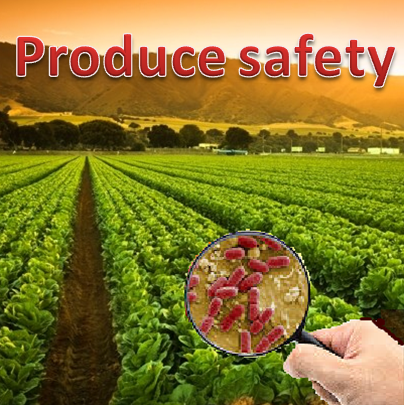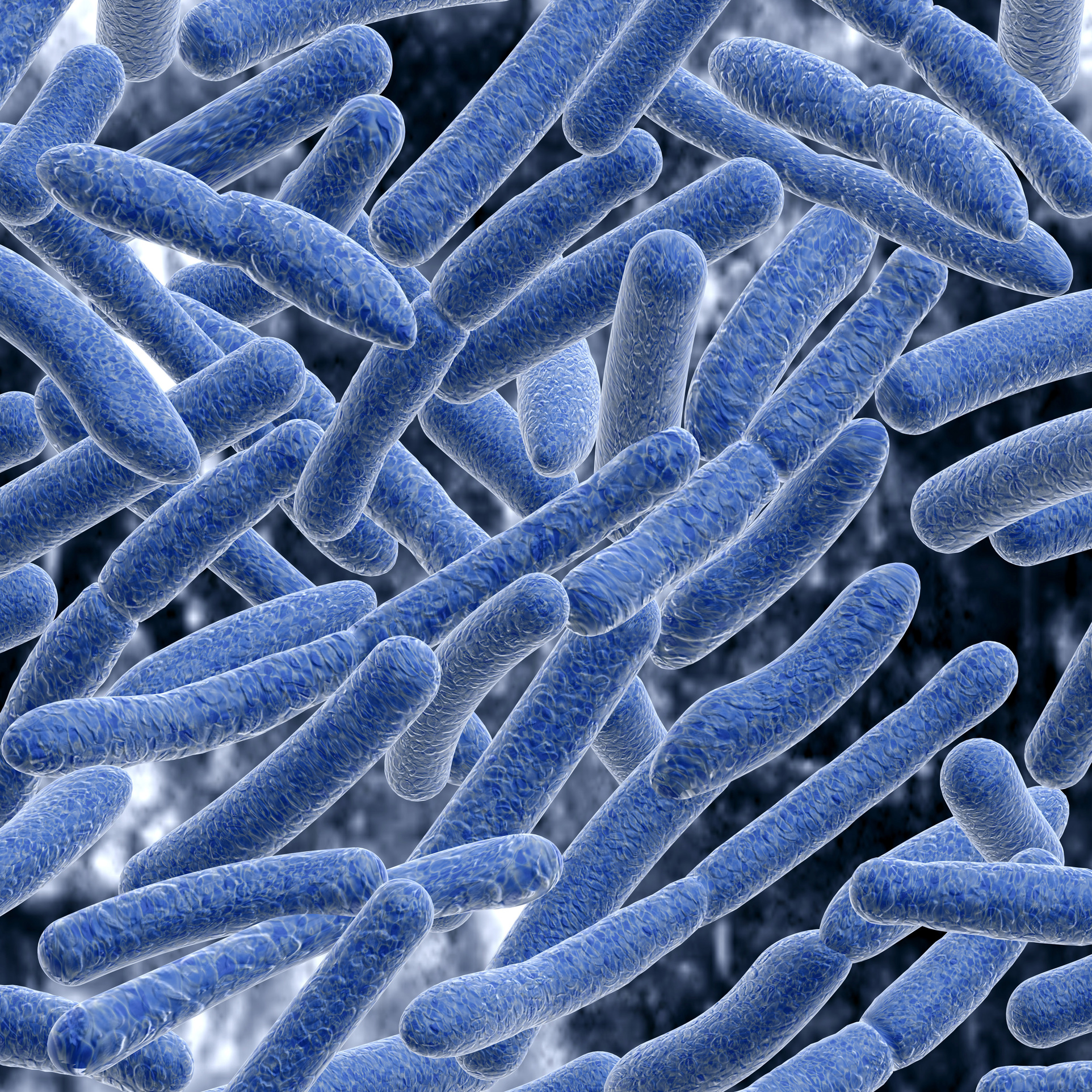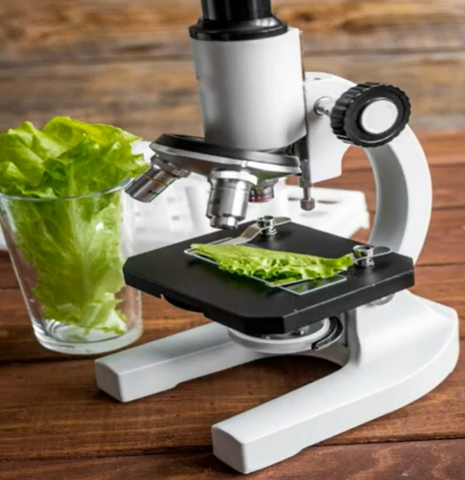At the beginning of a new decade what is missing in produce safety? What to wish for in 2020?
The problem
 As we enter a new decade, the lingering question is how we can assure safe produce. The fresh produce industry has come under intense scrutiny in the past three years, due to several recent high profile outbreaks of romaine lettuce. Unfortunately, in the past two years, romaine lettuce contamination was a primary concern for food safety.
As we enter a new decade, the lingering question is how we can assure safe produce. The fresh produce industry has come under intense scrutiny in the past three years, due to several recent high profile outbreaks of romaine lettuce. Unfortunately, in the past two years, romaine lettuce contamination was a primary concern for food safety.
Due to minimal processing and absence of thermal treatments before consumption, pathogenic bacteria on fresh produce are a particular concern. In the US, foodborne illnesses caused by pathogens in fresh produce account for 46% of the cases, compared with 22% attributed to meat and poultry, 20% to dairy and eggs, and 6% to fish and shellfish.
Much emphasis has been put on improving diagnostics and the detection of pathogens. Some Examples include Whole Genome Sequencing (WGS) and next generations sequencing (NGS). These methods offer greater specificity in identifying pathogens and their sources. Another area of emphasis in produce safety is traceability, to speed up the identification of the source of an outbreak.
At the beginning of 2019, leafy-green producers voluntarily rolled out a program to add the region of the origin of the product to the label to enable consumers to avoid contaminated products. The FDA is promoting Blockchain and other tracking mechanisms to further help in the identification of the product’s origin.
However, not enough resources are being utilized to find strategies to prevent contamination in the first place. Food recalls are carried out after the fact. We need to assume that produce is contaminated and implement intervention strategies to eliminate the contamination.
Romaine-related E. coli outbreaks continue for the third year
Romaine lettuce outbreaks linked to E. coli has repeated itself six times over the last three years. It has caused much anxiety of consumers as well as the highest levels of the FDA personnel.
Currently, the government and industry are both working on solutions to the problem. However, with current trends, it may probably result in the likely requirements to keep clean water, avoid farm animals near cultivation areas and avoid, as much as possible, wild animals from roaming the fields. At present, the best FDA can do is to advise consumers not to eat romaine from a suspicious or a particular growing area.
Outbreak investigation is a lengthy process

The first signs of an outbreak start at the local level, move to the state level, and then to national agencies like the CDC and the FDA. By that time, hundreds can be sickened.
Another reason that outbreak investigations take a long time is due to the incubation period from the digestion of a pathogen to the manifestation of corresponding illnesses. A report by the CDC (Incubation periods of enteric illnesses in foodborne outbreaks, United States, 1998–2013 published in Epidemiol Infect. 2019; 147: e285) shows that the median incubation period before symptoms is 32 hours for Salmonella; 87 hours for E. coli; and 672 hours for Hepatitis A. The incubation period can differ even among Salmonella serotypes, being shorter for Heidelberg (22 h) than for Enteritidis and Typhimurium (37 h) and Newport (41h). As a result, a contaminated product can be on the market for a long time before the FDA and the CDC identify an outbreak.
The FDA and Leafy Greens Marketing Agreement
California Leafy Green Marketing Agreement (LGMA) was created to protect the public by reducing contamination in California-grown leafy greens. Membership in LGMA requires verification of compliance with acceptable food safety practices through mandatory government audits.
There are three possible sources of pathogens in E. coli outbreaks traced to romaine: irrigation water, wildlife and animals, and fieldworkers. The risks can be minimized by monitoring the water quality, eliminating domestic animals from the fields, preventing (or minimizing) wildlife presence in the fields, and appropriate worker training. The proximity of feedlots to fresh produce fields (including romaine fields), continues to be a known problem in the contamination chain.
More testing is not the answer
When an outbreak is detected, there seems to be a recommendation to increase the testing level. However, increased testing is not the answer due to:
(i) Lack of homogeneity of in microbial contamination in the products
(ii) The limit of detection of the microbiological methods.
How can we rationalize using a 150-450 gram sample of the product to represent a field containing thousands of kilos of a product? Another limitation is the detection sensitivity of the microbiological methods (1 cfu/sample). Therefore, one cannot detect pathogens in the field as a method to approve a field.
Where should we go?

If we continue to use leafy greens as ready to eat products, their processing must change. Science needs to evolve to provide better solutions to this problem. New sanitizers need to be developed that have increased lethality. They can serve as a kill step for pathogens, revolutionizing the green leaf industry. Another approach might be to develop a processing technique that may release the pathogens from the surfaces of the produce or to improve the efficacy of the sanitizer. This is an area where more innovation is required.

2 responses to “At the beginning of a new decade what is missing in produce safety? What to wish for in 2020?”
I totally agree. Assume that contamination in the field has occurred and provide better solutions to elimination of this problem. New sanitizers or other intervention strategies need to be developed that have increased lethality. They can serve as a kill step for pathogens, revolutionizing the green leaf industry. Another approach might be to develop a processing technique that may release the pathogens from the surfaces of the produce or to improve the efficacy of the sanitizer. This is an area where more innovation is required.
New trends come with new challenges and new risks. Inadequate planning and preparedness to address potential risks makes it difficult for Science to combat the challenges that come with the new trends. Worse is that every business that wants to grab a bite of the new trend, increases the market pool of providers seeking to meet consumer demands, hence expanding the magnitude of the risk to populations. Eventually, when science begins to catch up with overcoming the challenges, a new trend springs up….and then it continues all over again. I think that’s how the cycle is wired.